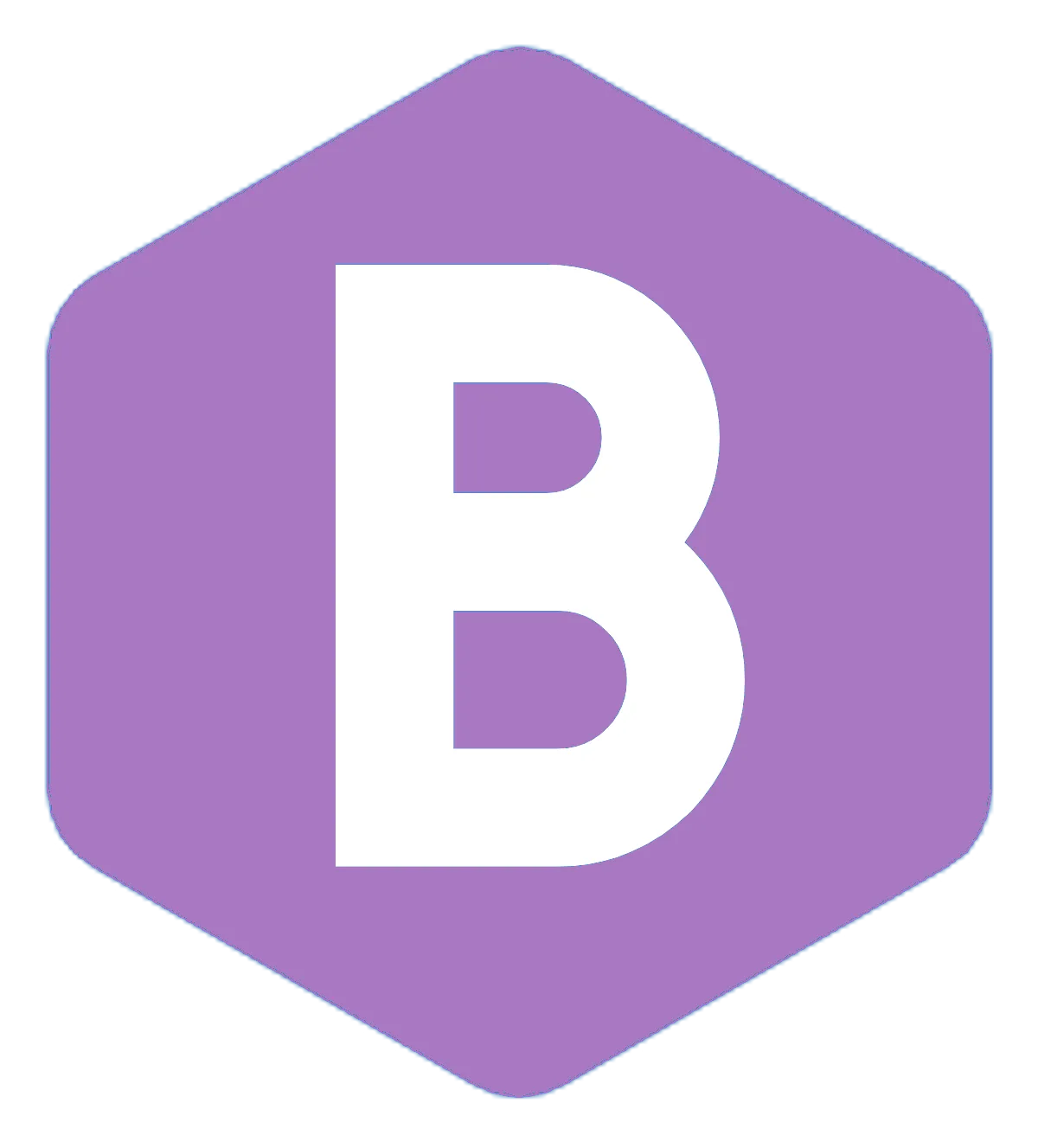AI Chatbots

AI Chatbots: Engage, Assist, and Convert with Intelligent Conversations
Overview
AI Chatbots are the next frontier in customer interaction, providing businesses with an always-on, intelligent solution for engaging with customers in real-time. Whether it’s answering queries, guiding users through your website, or converting leads into customers, AI Chatbots offer a seamless, efficient, and personalized experience for every visitor. Powered by advanced artificial intelligence, these chatbots are designed to understand and respond to customer needs instantly, improving satisfaction and driving business results.
How AI Chatbots Work on Our Platform
1. Seamless Integration & Customization
AI Chatbots are easy to integrate into your website or app, ensuring a smooth setup process. You start by defining the chatbot’s role—whether it’s for customer support, lead generation, or sales assistance. You can customize the chatbot’s appearance, tone of voice, and conversation style to reflect your brand identity. This customization ensures that the chatbot not only functions effectively but also enhances your brand's image and customer experience.
2. Natural Language Processing (NLP) for Human-Like Interactions
At the core of AI Chatbots is advanced Natural Language Processing (NLP) technology, which enables the bot to understand and respond to customer inquiries as naturally as a human would. The AI interprets the user’s intent, even when questions are phrased in different ways, and provides accurate, contextually relevant answers. This capability allows the chatbot to handle a wide range of customer interactions, from simple FAQs to more complex requests.
3. 24/7 Customer Support & Instant Responses
AI Chatbots ensure your business is always available to assist customers, regardless of time zones or business hours. The chatbot can handle multiple conversations simultaneously, providing instant responses to customer queries. This reduces wait times and enhances customer satisfaction, as visitors can get the information they need when they need it. For more complex issues, the chatbot can seamlessly transition the conversation to a human agent, ensuring a smooth customer experience.
4. Lead Qualification & Conversion
AI Chatbots are not just for support—they’re also powerful tools for driving sales. The chatbot can engage visitors with personalized messages, qualify leads by asking relevant questions, and guide them through the sales funnel. By understanding the user’s needs and preferences, the AI can recommend products, offer discounts, or schedule a follow-up call with your sales team. This targeted interaction boosts conversion rates and helps turn casual visitors into loyal customers.
5. Data Collection & Insights
Every interaction with the AI Chatbot is an opportunity to gather valuable data. The AI records and analyzes customer interactions, providing you with insights into customer behavior, preferences, and pain points. You’ll receive detailed reports on chatbot performance, including metrics like user engagement, satisfaction rates, and conversion success. These insights enable you to refine your strategies, improve customer service, and make data-driven decisions that enhance your business.
6. Continuous Learning & Improvement
AI Chatbots are designed to learn and improve over time. As the chatbot interacts with more customers, it gathers data and learns from each conversation, becoming more accurate and effective in its responses. The AI adapts to changing customer needs and market trends, ensuring that your chatbot remains a valuable asset in delivering top-notch customer service and driving business growth.
Conclusion
AI Chatbots are more than just automated assistants—they’re a vital component of modern customer engagement strategies. By providing instant, personalized interactions, these chatbots enhance the customer experience, increase efficiency, and drive conversions. Whether you’re looking to improve customer support, generate leads, or boost sales, AI Chatbots offer a scalable, intelligent solution that helps your business thrive in today’s competitive market.
Our Software
Integrates With
Leading Apps





We’ll Show You
How It’s Done
We don't just tell you what to do, we will build and teach you how to use the software to get and close new customers for your business using our software.
Watch this video again...

Never Miss A Lead With AI Chatbot For SMS and Social Media Automation
Take Your
Time Back
Your new simple process
AI Chat Conversation
Website Design & Development
SMS, Social Media and Email Connect
Social Media Generation
Plus Advertising

Success Stories
Latest Articles

How to Set Up an AI-Powered Lead Generation System in 5 Simple Steps
In today’s competitive business environment, generating high-quality leads is crucial for growth and success. An AI-powered lead generation system can streamline this process, providing you with the tools to attract, engage, and convert prospects more efficiently. Here’s how you can set up an AI-powered lead generation system in five simple steps.
Step 1: Identify Your Goals and Audience
Before implementing any AI system, it’s essential to clearly define your goals and understand your target audience. Consider the following:
Goals: What do you want to achieve with your lead generation system? Common goals include increasing the number of leads, improving lead quality, or enhancing conversion rates.
Audience: Who are your ideal customers? Define your target audience based on demographics, interests, and behavior patterns.
Understanding your goals and audience will help you tailor the AI system to meet your specific needs.
Step 2: Choose the Right AI Tools
Selecting the appropriate AI tools is critical for the success of your lead generation system. Here are some key types of AI tools to consider:
AI Chatbots: These can engage website visitors in real-time, answering questions and guiding them through your offerings.
Predictive Analytics: Tools that analyze customer data to predict future behavior and identify high-potential leads.
Email Marketing Automation: AI tools that personalize and automate email campaigns based on user behavior and preferences.
Lead Scoring: AI-powered lead scoring tools help prioritize leads based on their likelihood to convert.
Choose tools that integrate well with your existing systems and align with your business goals.
Step 3: Integrate AI with Your CRM System
For seamless lead management, it’s crucial to integrate your AI tools with your Customer Relationship Management (CRM) system. This integration allows for:
Centralized Data: All lead information is stored in one place, making it easier to track and manage.
Enhanced Insights: AI can analyze CRM data to provide deeper insights into lead behavior and preferences.
Automated Workflows: AI can trigger automated actions, such as follow-up emails or task assignments, based on lead activity.
Ensure your CRM system is compatible with the AI tools you’ve chosen and configure the integration for optimal performance.
Step 4: Implement and Train AI Models
Once your AI tools are in place and integrated with your CRM, it’s time to implement and train your AI models. Here’s how:
Data Collection: Gather historical and real-time data relevant to your lead generation process.
Model Training: Use this data to train your AI models. This involves teaching the AI to recognize patterns and make predictions based on historical outcomes.
Testing and Validation: Test the AI models with a subset of data to ensure accuracy and reliability. Adjust parameters as needed to improve performance.
Training your AI models effectively will ensure that they provide accurate and actionable insights.
Step 5: Monitor and Optimize Performance
Setting up your AI-powered lead generation system is not a one-time task. Continuous monitoring and optimization are essential to maintain and improve performance. Consider the following:
Performance Metrics: Track key metrics such as lead quantity, quality, conversion rates, and return on investment (ROI).
Feedback Loop: Regularly review AI outputs and provide feedback to refine models and improve accuracy.
Adjustments: Make necessary adjustments to your AI tools and strategies based on performance data and feedback.
By continually monitoring and optimizing your AI system, you can ensure it remains effective and aligned with your business goals.
Conclusion
Setting up an AI-powered lead generation system can significantly enhance your ability to attract and convert high-quality leads. By following these five simple steps—identifying your goals and audience, choosing the right AI tools, integrating with your CRM, implementing and training AI models, and monitoring and optimizing performance—you can create a robust and efficient lead generation system that drives business growth.
Start leveraging the power of AI today to take your lead generation efforts to the next level.
Complete The Form To
Claim Free Trial
Full Name
Phone Number
Business Name
What Industry Are You In?
What service interested you?
How did you hear about us?
I agree to receive marketing messaging from Build A Website For My Business at the phone number provided above. I understand I will receive more than 10 messages a month, data rates may apply, reply STOP to opt out







